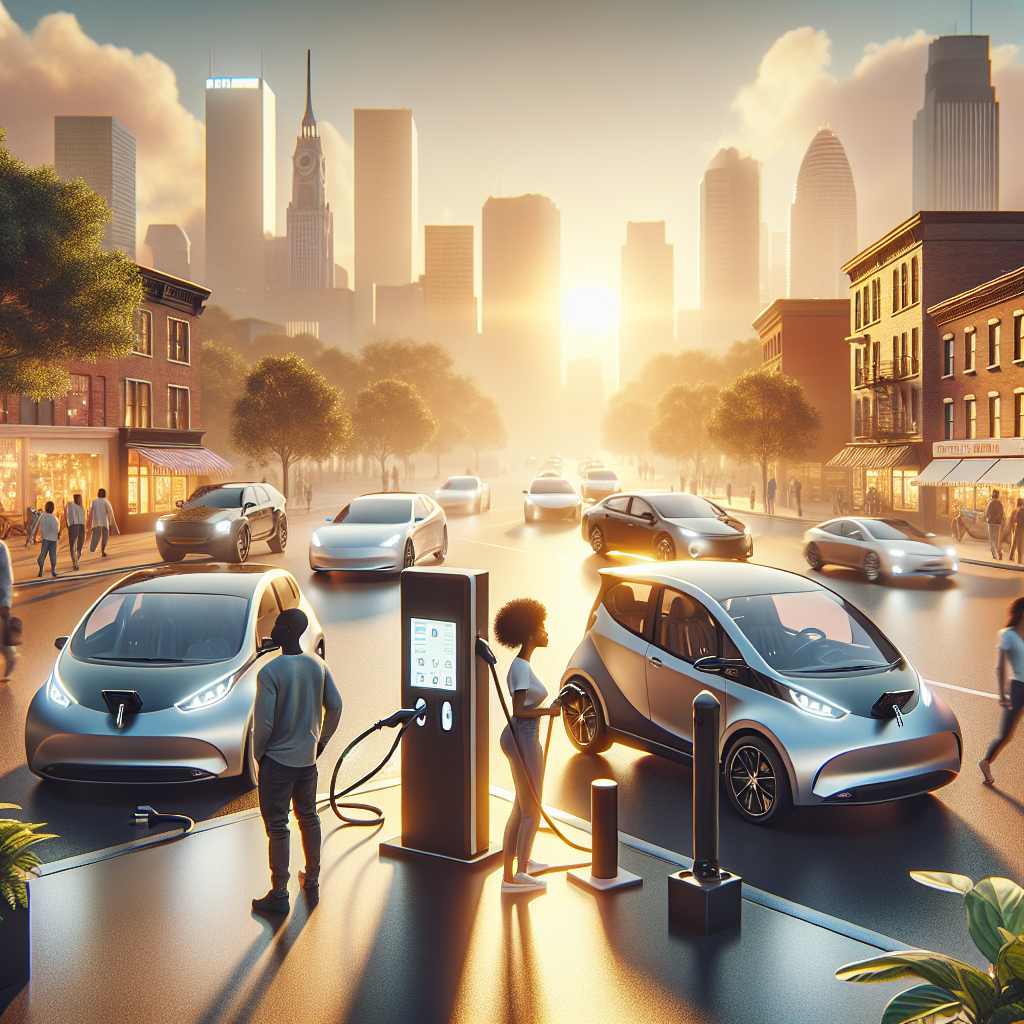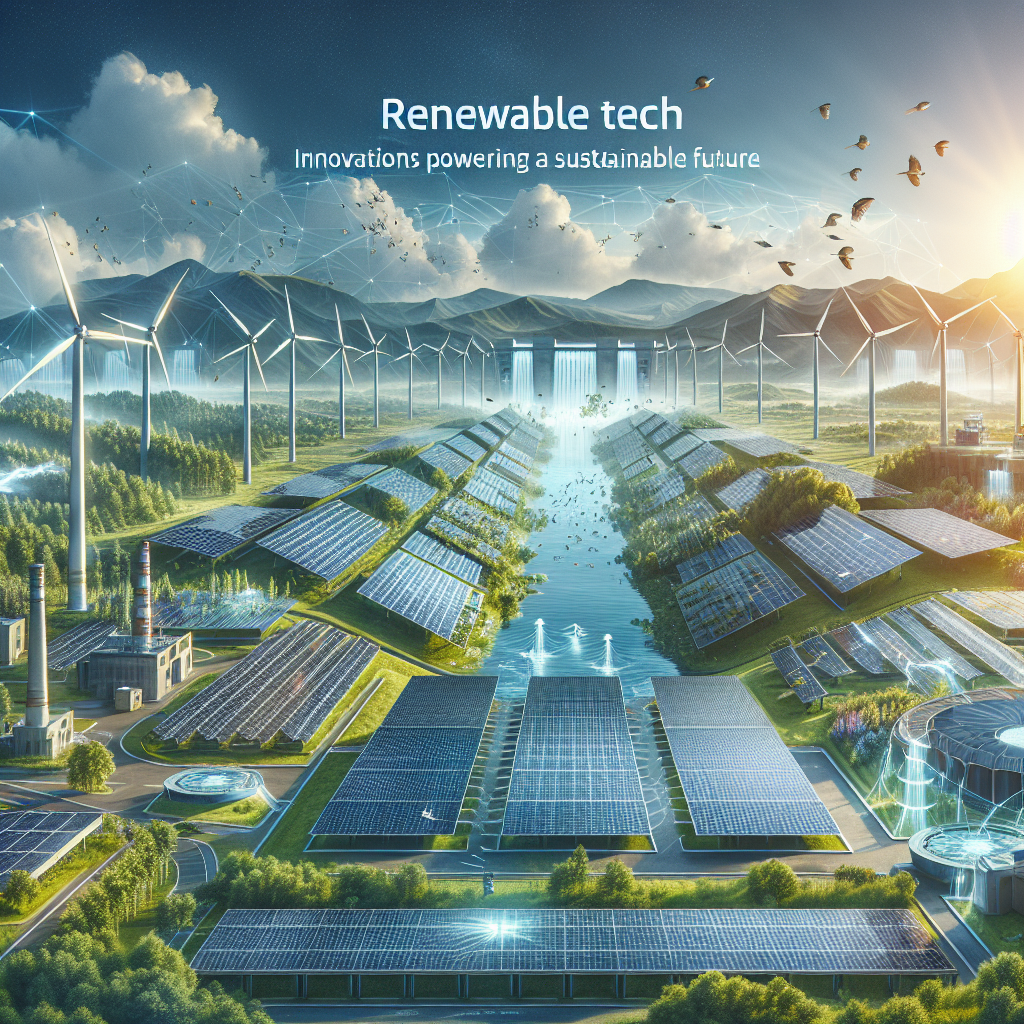Electric Vehicles: Driving Towards a Sustainable Future
In the annals of automotive history, few innovations have sparked as much transformation and promise as electric vehicles (EVs). As concerns about climate change and environmental degradation intensify, EVs have emerged as a viable and highly promising solution to reduce greenhouse gas emissions and transition towards a more sustainable future. This article explores the rapid evolution, multifaceted benefits, and potential challenges of electric vehicles, charting their journey from niche innovation to mainstream necessity.
The Evolution of Electric Vehicles
Electric vehicles are not a novel idea; they debuted in the late 19th century, even competing with their petrol-powered counterparts. However, the dominance of the internal combustion engine, coupled with advances in oil extraction and refining, relegated electric cars to the fringes. It wasn’t until the late 20th and early 21st centuries, propelled by advancements in battery technology, growing environmental concerns, and supportive government policies, that EVs began to see a resurgence.
Innovations in lithium-ion batteries, which provide a higher energy density, longer life span, and reduced weight compared to their predecessors, have been pivotal. Companies like Tesla, Nissan, and General Motors have been at the forefront, creating EVs that combine efficiency, performance, and affordability.
Environmental and Economic Benefits
The environmental benefits of electric vehicles are evident. Traditional internal combustion engine vehicles emit significant amounts of carbon dioxide and other pollutants, contributing to air pollution and climate change. In contrast, EVs produce zero tailpipe emissions. When charged with renewable energy sources like wind or solar power, their carbon footprint shrinks even further.
On an economic level, EVs present compelling advantages. Maintenance costs are considerably lower, as electric motors have fewer moving parts compared to internal combustion engines. Additionally, the fluctuating costs of fossil fuels have historically impacted economies and individual consumers, a volatility that can be mitigated with the shift to electric mobility.
Governments worldwide have recognized these benefits and are offering incentives to accelerate the adoption of EVs. Tax credits, rebates, and the development of charging infrastructure are common strategies. For instance, many European countries plan to ban the sale of new internal combustion engine vehicles by 2030 or 2035, signaling a robust shift towards electric mobility.
Market Growth and Technological Advancements
The global EV market has witnessed exponential growth. According to the International Energy Agency (IEA), the number of electric cars on the world’s roads is expected to reach approximately 145 million by 2030. This surge is underpinned by consumer demand, technological advancements, and decreased manufacturing costs.
Battery technology continues to evolve, leading to longer ranges and faster charging times. Solid-state batteries, which use a solid electrolyte instead of a liquid one, promise to deliver even greater energy densities and faster charging. Autonomous driving technology, another frontier in automotive innovation, is increasingly being integrated with EVs, offering the potential for safer, more efficient transportation systems.
Challenges and the Road Ahead
Despite their promise, electric vehicles face several challenges. The development of comprehensive charging infrastructure is imperative. Urban areas may be well-serviced, but rural and remote regions often lag behind. Range anxiety, the fear that an EV will run out of charge before reaching its destination, remains a prevalent concern for potential buyers.
Moreover, the environmental impact of battery production and disposal, though significantly less harmful than fossil fuels, cannot be ignored. The mining of lithium, cobalt, and other materials essential for battery production poses ethical and ecological challenges.
Addressing these issues requires a concerted effort from industry stakeholders, governments, and consumers. Investments in research and development, recycling programs for batteries, and the expansion of renewable energy sources for charging are among the strategies that can help overcome these hurdles.
Conclusion
Electric vehicles represent a crucial step towards a sustainable future. They offer substantial environmental and economic benefits and reflect a broader shift towards cleaner, more efficient technologies. Though challenges remain, the trajectory of EVs is undeniably positive. With continued innovation, supportive policies, and growing consumer acceptance, electric vehicles are well on their way to becoming not just an alternative, but the standard mode of transportation in the years to come.
As we drive towards a sustainable future, the electric vehicle is not just a mode of transportation; it is a testament to human ingenuity and our collective commitment to a healthier planet. The road ahead is bright, and with every electric mile driven, we move closer to a world where sustainability is not an aspiration but a reality.














Leave feedback about this
You must be logged in to post a comment.